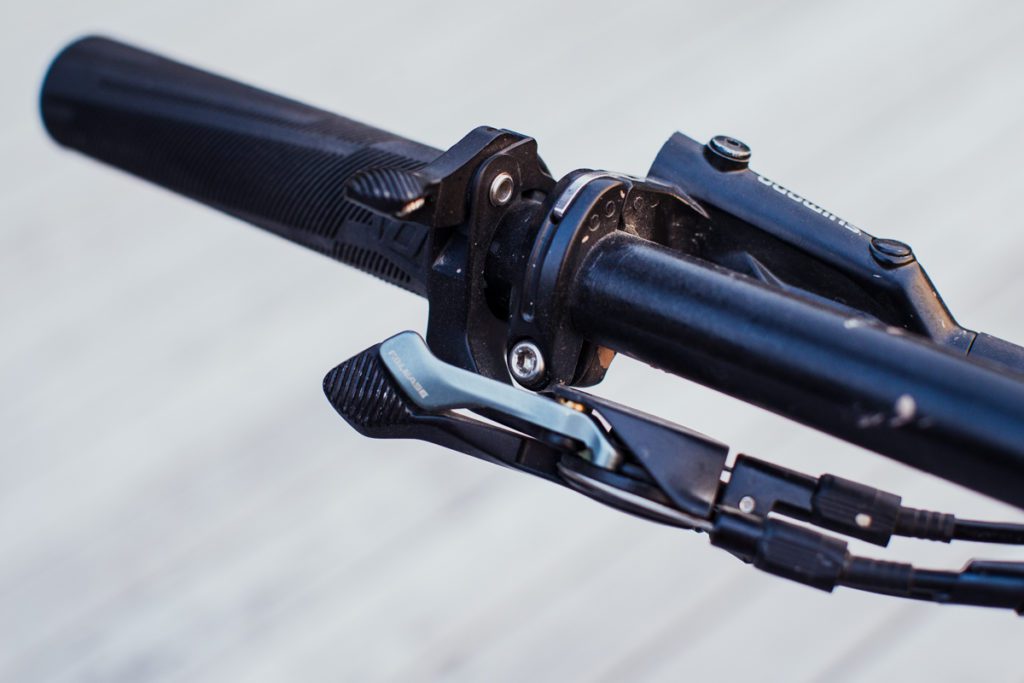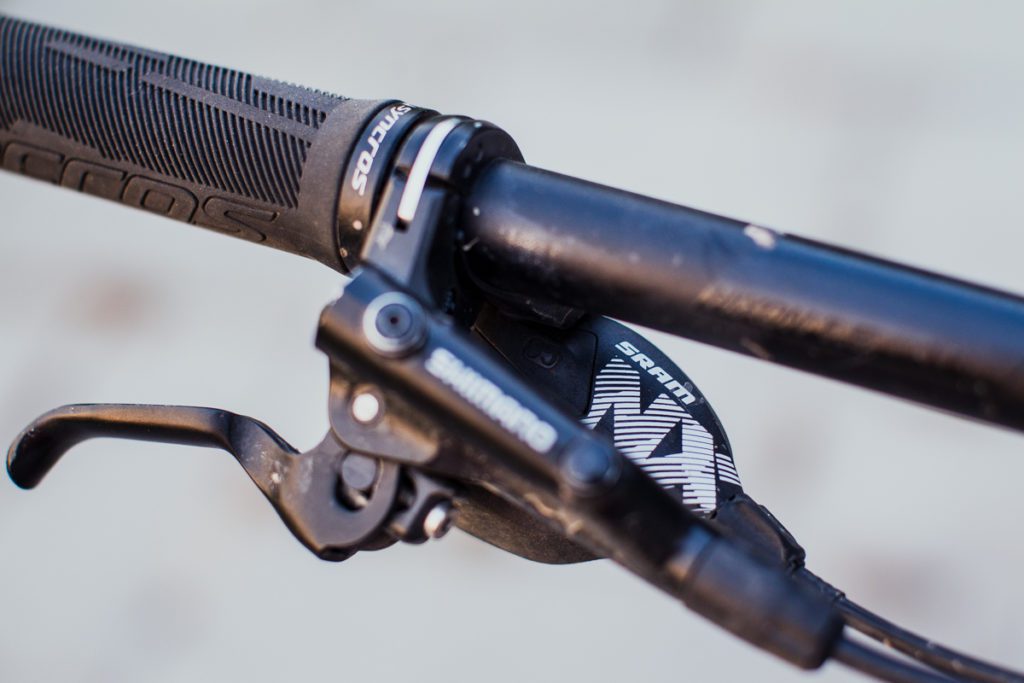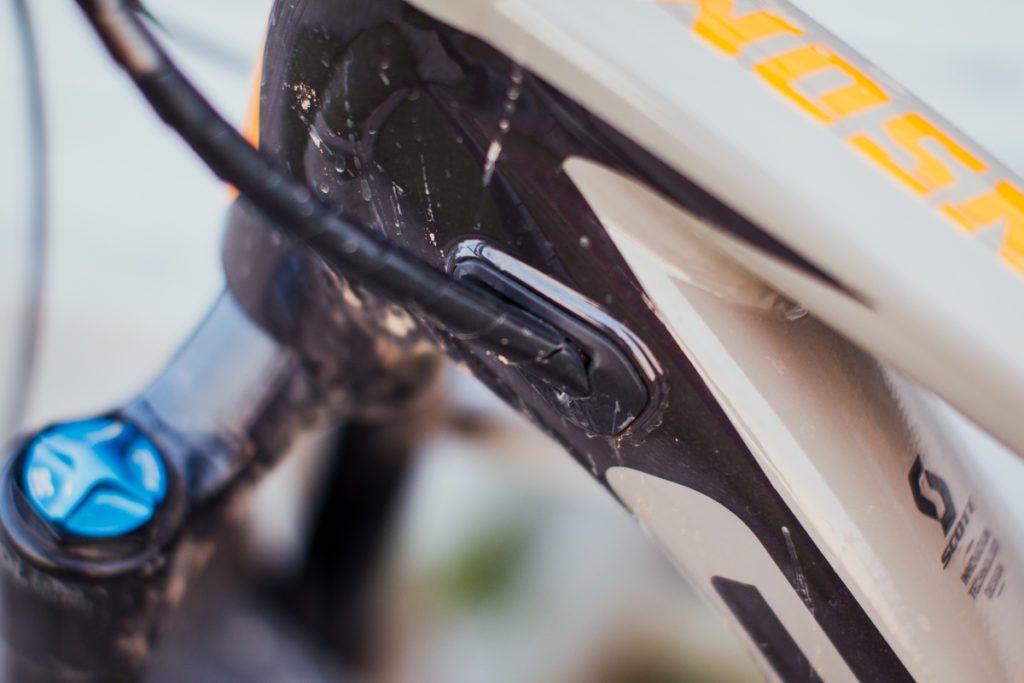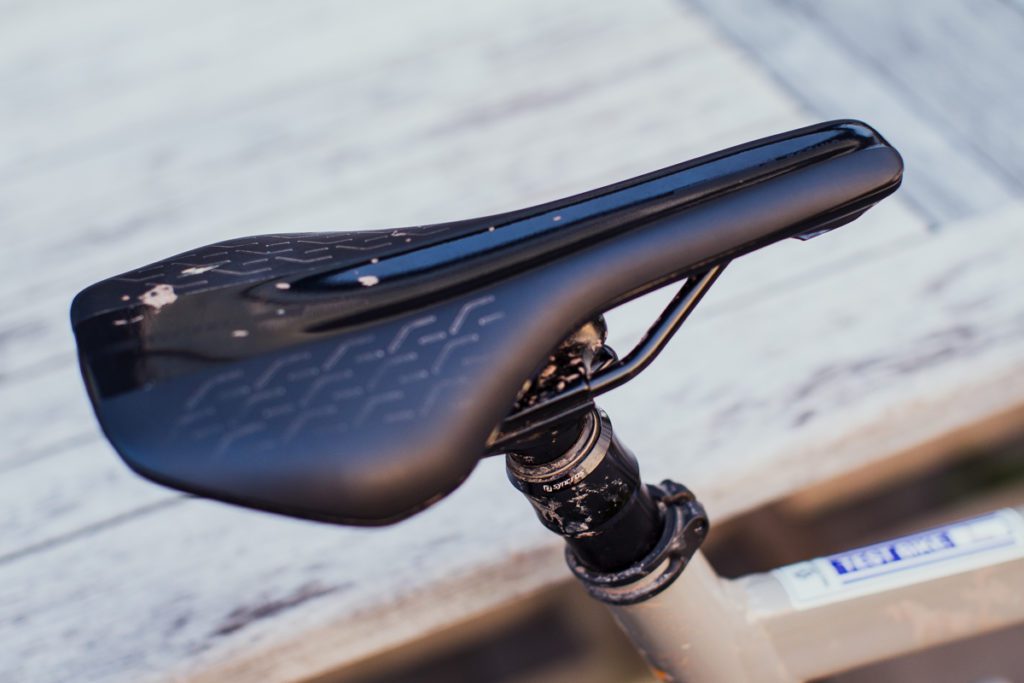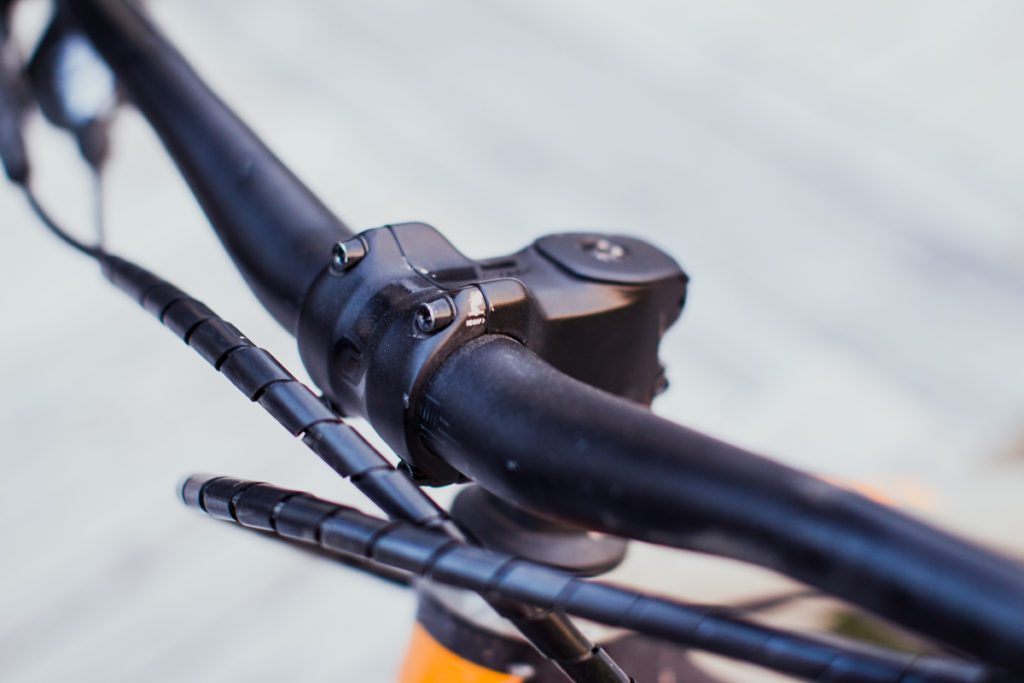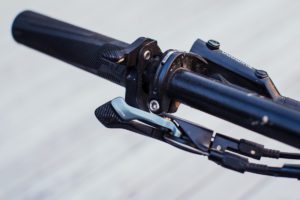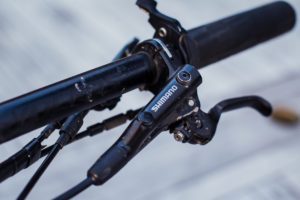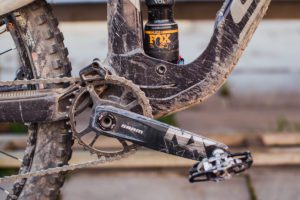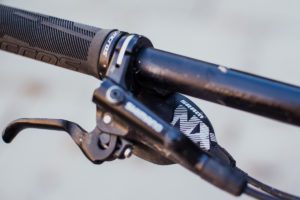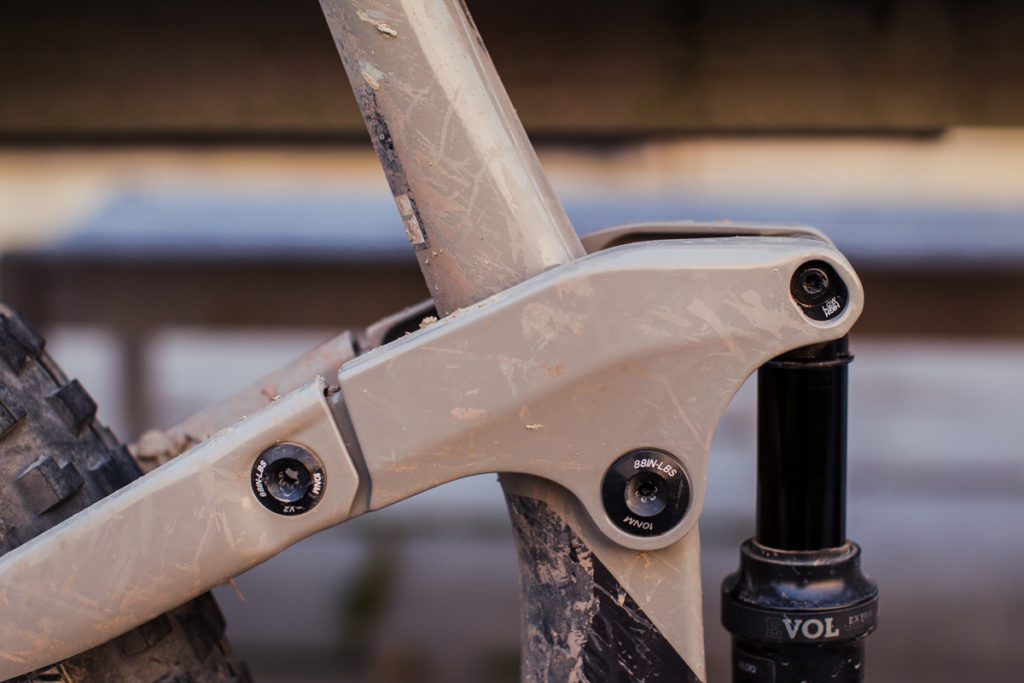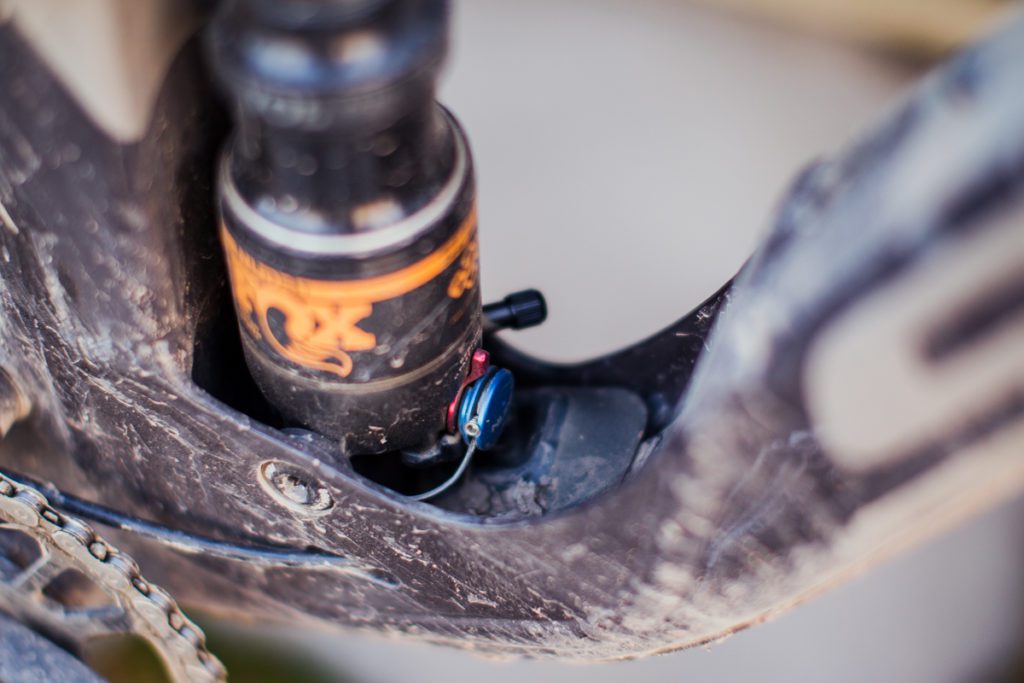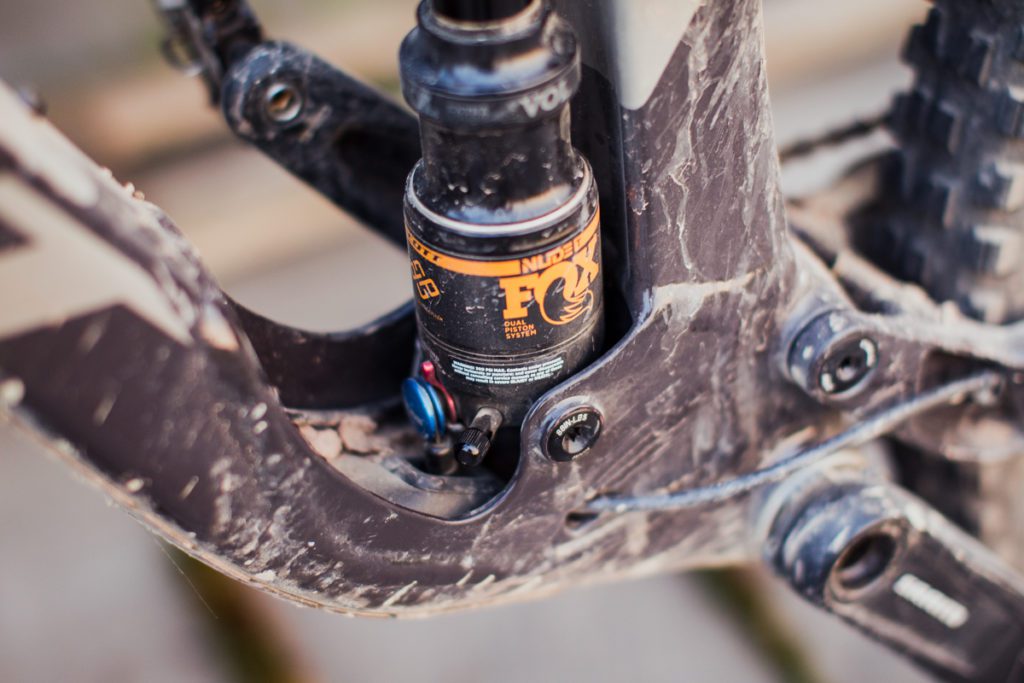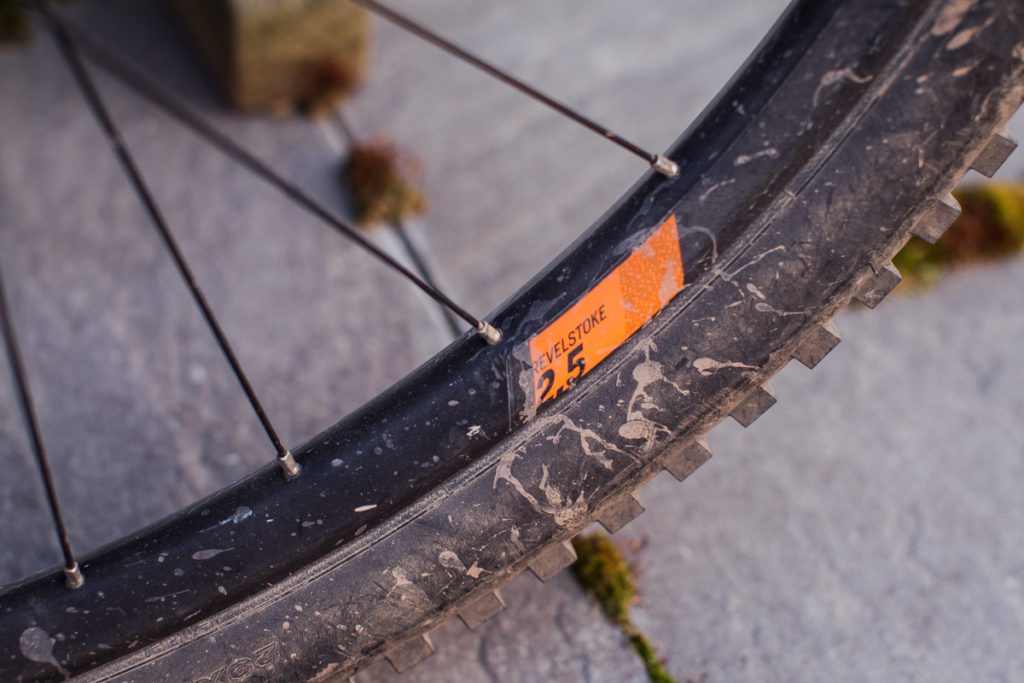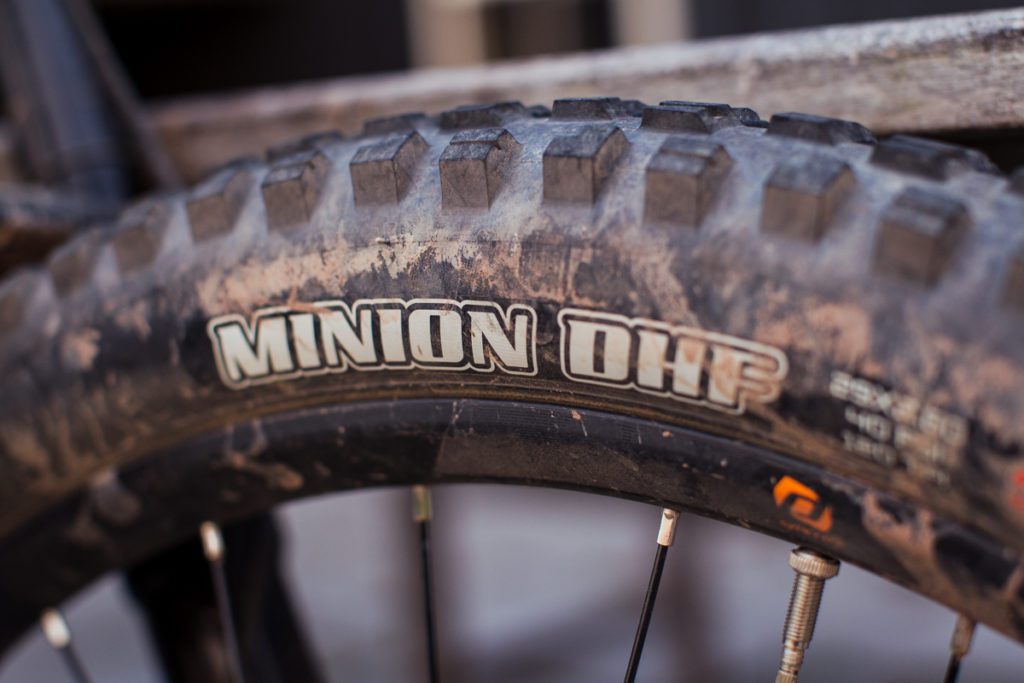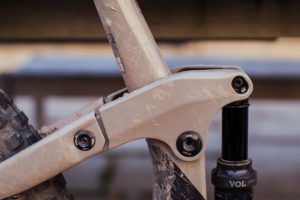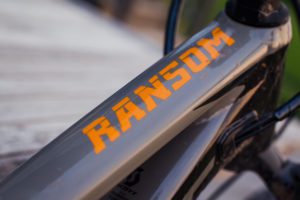Review: Scott Ransom 920
A choice rig whether you are racing enduros or your local trails.

I want a downhill bike. I have always wanted a downhill bike. Swinging a leg over 200mm of the most plush travel, with a triple clamp fork, 200mm brake rotors and geometry to handle the steepest trails. Downhill bikes are like the supercars of mountain bikes. Many pines for one, but few actually want to drop the coin required to add one to their stable. Enduro bikes on the other hand, well they are like the BMW M series. Almost as good as a supercar, but with less flash, price, and much easier to live with day to day. The Scott Ransom 920 is my BMW M series.
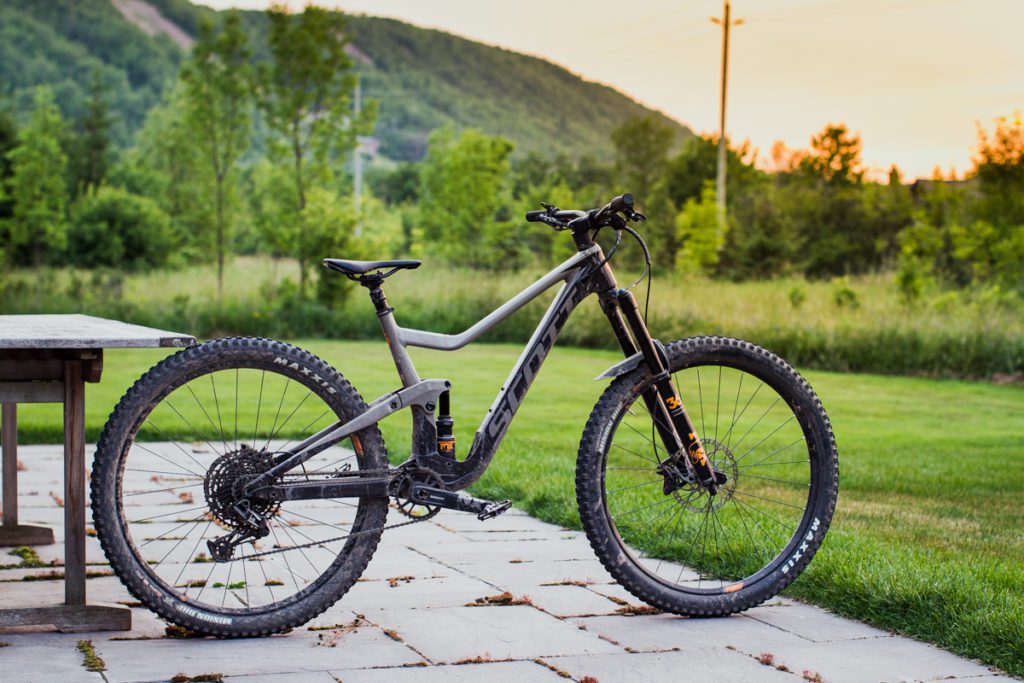 Coming in at $5600 the Ransom is not bargain basement priced, and may seem like a lot to pay for an alloy frame, but there is a lot going on with the Ransom when compared to similar bikes. The enduro focused Ransom platform not only focuses on descending well but Scott has paid particular attention to how the bike pedals, which is what you are doing more than 50% of the time in an enduro race. I recently had the chance to race the Blue Mountain stop of the Canadian Enduro series with the Ransom to see how the price conscious 920 performed.
Coming in at $5600 the Ransom is not bargain basement priced, and may seem like a lot to pay for an alloy frame, but there is a lot going on with the Ransom when compared to similar bikes. The enduro focused Ransom platform not only focuses on descending well but Scott has paid particular attention to how the bike pedals, which is what you are doing more than 50% of the time in an enduro race. I recently had the chance to race the Blue Mountain stop of the Canadian Enduro series with the Ransom to see how the price conscious 920 performed.
When I first picked up my race rig from the rad Scott crew at Sea Otter Canada I was a little concerned about the weight. On spec the bike should weigh about 32lbs, and my test bike came with tubes. 32lbs isn’t crazy heavy, but anything over 30lbs seems a bit hefty these days, especially for a bike I was going to climb a ski hill on 4 times in a row. Luckily for me, the engineers at Scott had already thought about that and equipped the bike with their Twinlock Suspension system.
Located next to the left brake lever, the TwinLock remote changes the bike’s suspension between its three modes. Fully open for smashing descents, traction control for the technical climbs, and full on lockout. The real difference between Scott’s traction control and many others is that the rear shock actually limits it’s travel when in the climb modes. The rear goes from using all 170mm of stroke to just the top 120mm, as well as the fork getting firmer. This allows for more efficient pedaling while still letting the bike’s suspension to soak up small bumps and maintain traction.
On my first two trips up the mountain I was fully locked out, but on the third trip up I chose the climb mode since I was starting to get a little beat up and the extra cushion on the climbs really helped me to focus on maintaining a rhythm over some rough sections and saving energy for the descents. I also really liked having the TwinLock quickly accessible for stages that had sprinting sections. With the push of a button I could firm up the suspension and start putting power down which wouldn’t be possible on a bike without a remote lock. The only downside to the TwinLock remote is you have to sacrifice a below the bar dropper remote. For racing I appreciated having the TwinLock since you drop your post at the beginning of a stage and don’t need to worry about popping it back up until the end. However if I was going to use the Ransom as my go-to trail machine I would absolutely want my dropper post below the bar and forgo the TwinLock all together.

That’s enough about climbing and pedaling, because let’s be honest the Ransom was made to descend. As I mentioned above, enduro bikes are like mini downhill bikes and the Ransom really does play the role of little brother to Scott’s DH bike the Gambler well. With geometry not too far off from a DH bike the Ransom puts you in a comfortable position to tackle rough and steep terrain. The 920’s build may be a little stout for the climbs but the Syncros Revelstoke wheels and Maxxis DH rubber felt sturdy and gave me the confidence to charge into rough sections where the Fox 36 Performance fork soaked up the bumps and kept me online. The Fox NUDE EVOL rear shock paired well with the 36 up front, but it did seem to go through its travel quickly compared to the fork. It took me a few runs to really dial in the suspension settings. I ended up running a little extra pressure to help keep the rear shock from using too much travel when railing corners compared to the fork. I couldn’t help but wonder how this bike would feel with a piggyback shock, like one of the X2 options from Fox. Admittedly, even with the addition of a piggyback shock, I probably would not have won the race, and the rear suspension performed well, staying planted through rough sections and not bouncing me off line or out of control.
After spending a weekend atop the Ransom and putting the bike through its paces both climbing and descending Scott has left little to be desired when it comes to the Ransom 920. For its price, the 920 comes with all that makes the higher end models popular amongst professionals, minus the carbon frame and expensive finishing kit. Scott has done a great job of offering up supercar like downhill performance in an affordable package that you could comfortably use as your daily driver.
Scott Ransam 920 $5,600
